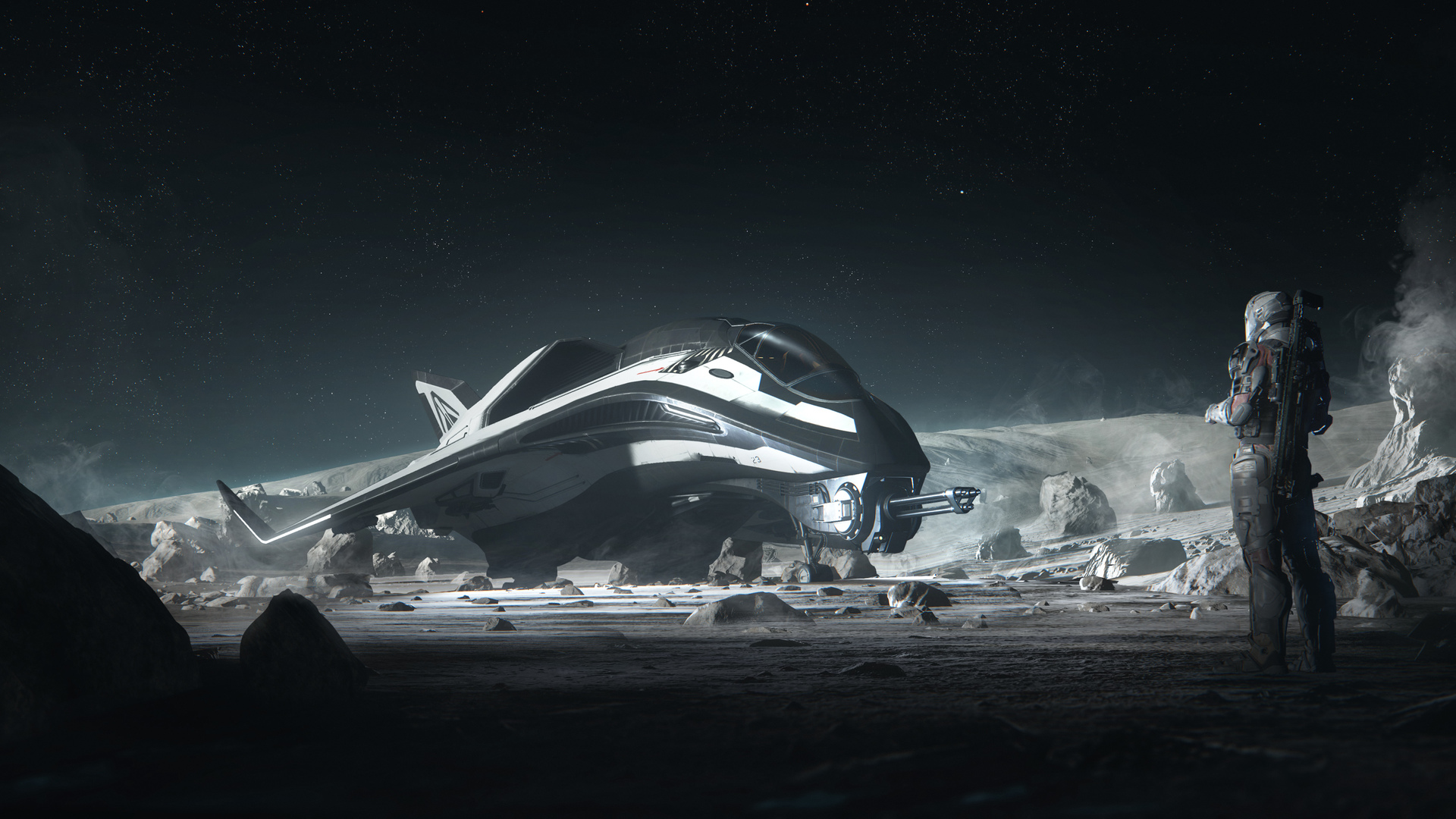Star Citizen, the highly ambitious space simulation game, is known for its breathtaking visuals and immersive gameplay. However, during your first 30 minutes in the game, you might notice occasional performance hiccups, and one of the key factors behind this is the dynamic shader compilation process. In this article, we’ll delve into why dynamic shader compilation can impact your frame rate performance and how it contributes to the realism and adaptability of Star Citizen.
What is Dynamic Shader Compilation?
Dynamic shader compilation is a technique that allows the game engine to compile shaders on the fly, rather than pre-compiling and caching them before gameplay. Shaders are small programs that control how light interacts with surfaces, materials, and various visual effects in the game. Dynamic shader compilation enables Star Citizen to adapt to your specific hardware and the ever-changing game world, resulting in a more flexible and optimized gaming experience.
Why the First 30 Minutes?
During your initial moments in Star Citizen, you might encounter brief performance drops or stutters. This is primarily because of dynamic shader compilation. Here’s why:
- Shaders Are Compiled On-Demand: When you first encounter a new material or object in the game world, the required shader is compiled in real-time. This process can temporarily affect your frame rate because shader compilation can be resource-intensive.
- Caching and Optimization: The good news is that once a shader has been compiled, it is typically cached for future use. This means that you won’t experience the same performance impact when you encounter the same shader later in the game. In fact, frequent use or shaders that have been compiled in previous sessions are often stored in a cache, reducing the need for on-the-fly compilation.
- Adapting to Your Hardware: Star Citizen aims to provide a tailored gaming experience by optimizing shaders for your specific GPU. However, this optimization process takes a little extra time, particularly during your first 30 minutes of gameplay, leading to the initial performance drops.
Determining if Dynamic Shader Compilation is the Culprit
Before we explore the impact of dynamic shader compilation on your frame rate performance, let’s discuss how you can determine if these performance issues are indeed related to shader compilation. Star Citizen provides players with a useful tool to monitor this process.
- Open the Console: To check if dynamic shader compilation is causing performance problems, you can open the console during gameplay. The default key to open the console is the tilde key (~). When the console is open, it displays a log of various events and processes happening in the game.
- Look for “Compile” Lines: In the console log, keep an eye out for lines that start with “Compile.” These lines represent instances of shaders being compiled in real-time. For example, you might see lines like “Compiling Shader – …”.

By monitoring the console and identifying “Compile” lines, you can pinpoint when dynamic shader compilation is occurring. If you notice these lines during your initial 30 minutes of gameplay, it’s likely that shader compilation is contributing to the temporary performance hiccups.
Balancing Realism and Performance
Dynamic shader compilation is a trade-off between realism and performance. It ensures that Star Citizen can deliver stunning visuals and adapt to a wide range of hardware configurations. While the initial shader compilation may cause minor performance hiccups, the game’s ability to optimize for your hardware and accommodate dynamic changes in the game world is a worthwhile compromise.
Improvements Over Time
Game development is an iterative process, and the Star Citizen team is continually working to optimize performance and reduce the impact of dynamic shader compilation. As the game evolves, you can expect performance enhancements and smoother experiences during your first 30 minutes and beyond.
Conclusion
The dynamic shader compilation process in Star Citizen plays a vital role in delivering a visually stunning and adaptable gaming experience. While it may cause occasional frame rate drops during your first 30 minutes of gameplay, these issues are temporary and are outweighed by the benefits of dynamic adaptation to your hardware and the ever-changing game world. As the game continues to develop, performance optimizations will make your journey through the Star Citizen universe even more enjoyable.
Featured image credit: Mr. Hagasha (https://www.hasgaha.com/gaming-screenshots/#bwg0/1760)




